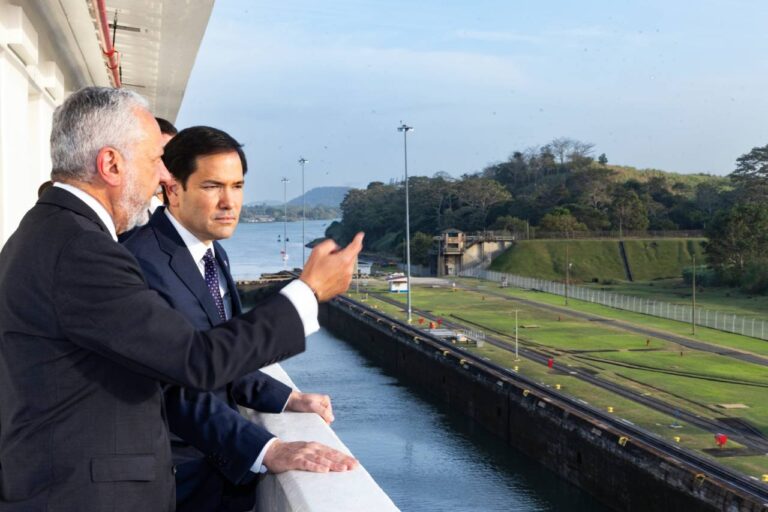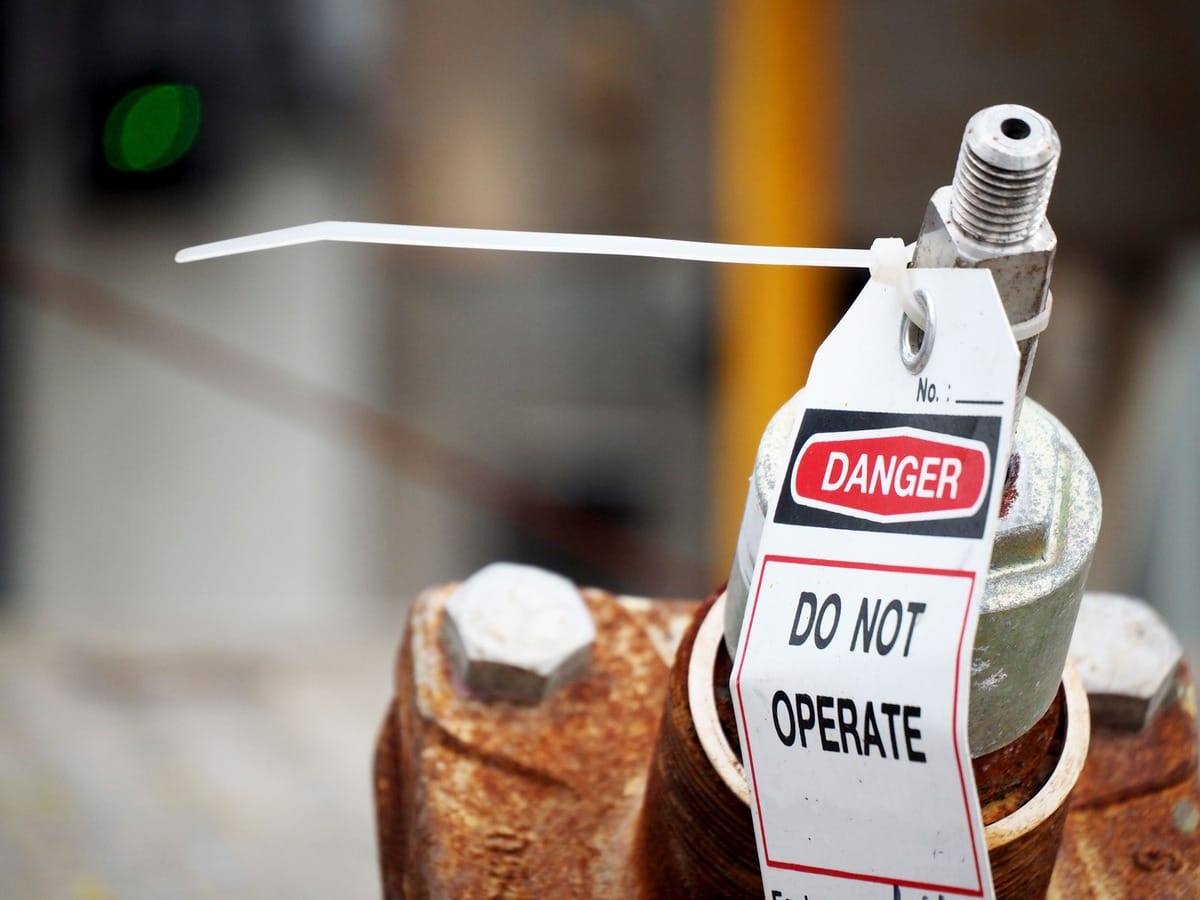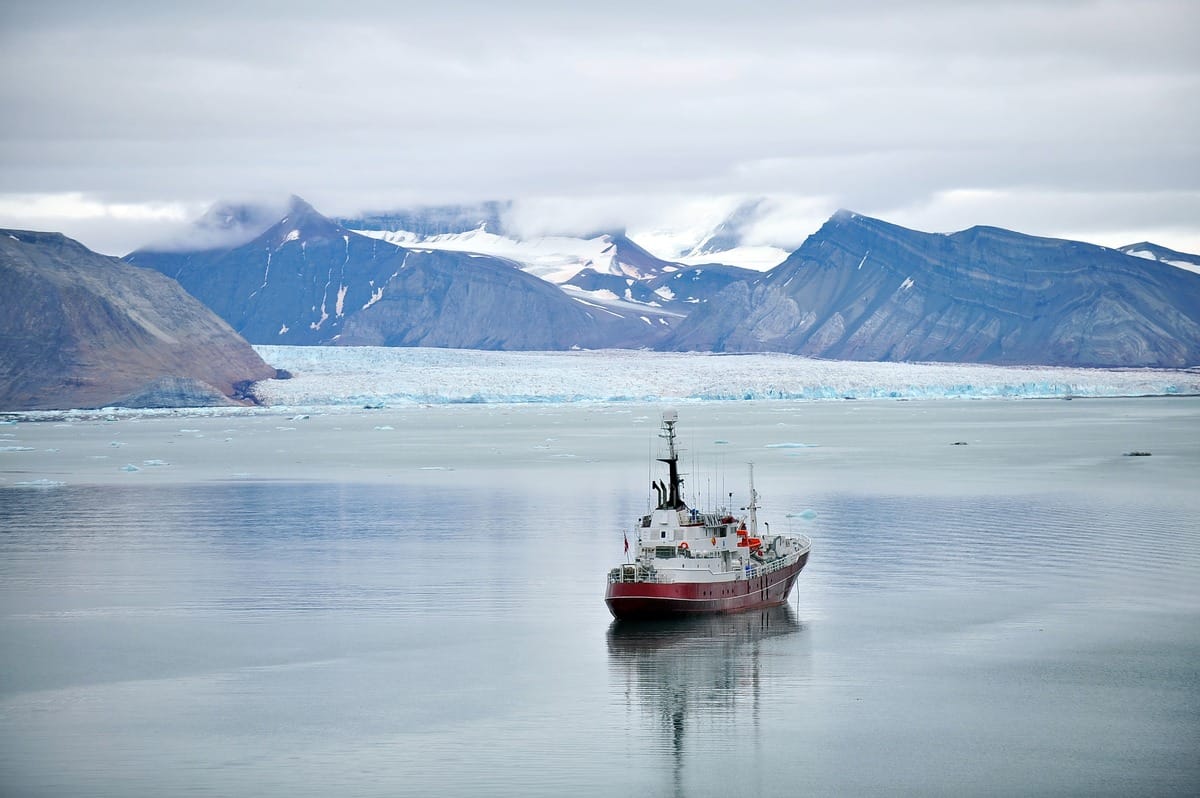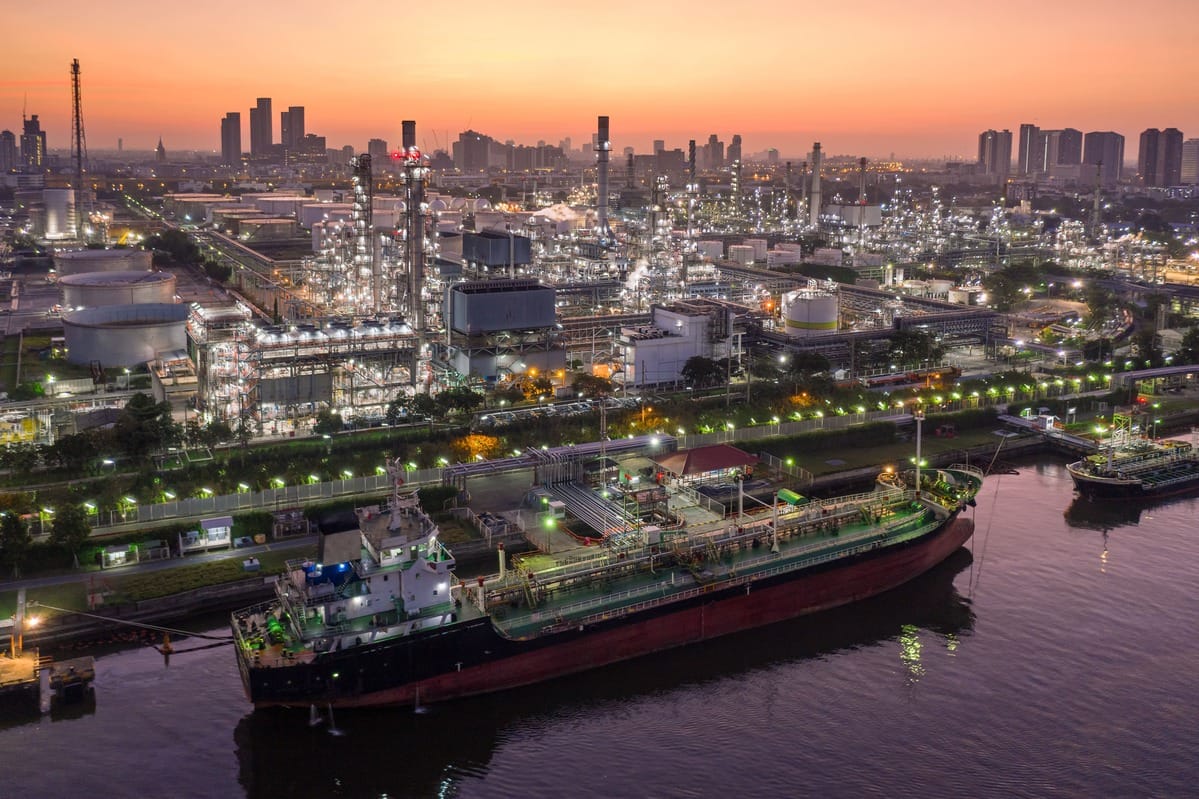Panama’s memorandum of understanding (MoU) with China under the Belt and Road Initiative (BRI), […]
The post Panama moves to end Silk Road agreement amid rising tensions with US appeared first on
Panama’s memorandum of understanding (MoU) with China under the Belt and Road Initiative (BRI), aimed at boosting trade and infrastructure cooperation, has been revoked as the former opted not to renew the agreement amid geopolitical tensions and US pressure.

Following the official visit of the US Secretary of State Marco Rubio, who has set on travels to Panama, El Salvador, Costa Rica, Guatemala, and the Dominican Republic from February 1 to February 6, Panamanian President José Raúl Mulino confirmed that there would be no extensions of the agreement. He cited the mounting concern of the United States regarding “China’s influence and control over the Panama Canal.”
After the meeting with Mulino and Foreign Minister Javier Martínez-Acha, Secretary Rubio re-conveyed President Donald Trump’s apprehension that the “current position of influence and control of the Chinese Communist Party” over the canal was a ‘threat’ and a ‘violation’ of the Treaty Concerning the Permanent Neutrality and Operation of the Panama Canal, which was signed in 1977 to guarantee the canal’s permanent neutrality, ensuring it remains open to ships of all nations even after Panama gained full control in 1999.
Secretary Rubio shared that the status quo in Panama was ‘not acceptable’ and that the US was prepared to protect its rights under the Treaty. In a social media post, he underscored this position, saying that “the United States cannot, and will not, allow the Chinese Communist Party to continue with its effective and growing control over the Panama Canal area.”
Secretary Rubio nonetheless took the opportunity to also highlight Panama’s role as a ‘key’ partner during his visit, having cited the United States’ investment in energy infrastructure through the company AES, which imports liquefied natural gas (LNG) to supply the region with recent reports revealing AES testing the waters for LNG bunkering, too, via its subsidiary Panam LNG bunkering.
After the discussions with Secretary Rubio—which President Mulino reportedly described as ‘respectful’ and ‘cordial’—it was announced that Panama was ‘open for consideration’ and that the country’s government would hold talks with the US to clarify the American president’s concerns and the allegations of the influence of the Chinese Communist Party on the interoceanic route.
The memorandum of understanding, also known as the 21st Century Maritime Silk Road, was signed in November 2017 under the administration of former President Juan Carlos Varela with the overarching goal of bolstering bilateral cooperation in areas such as trade, maritime affairs and infrastructure, leveraging Panama’s strategic geographical position and status as a global trade hub.
Under the terms of the agreement, the memorandum was renewable every three years and automatically extended for another three unless terminated by either party. The MoU was extended twice. It has not been disclosed as to when President Mulino would formally notify China regarding the cancellation of the agreement.
Panama is not the first country to step away from BRI. Notably, Italy, which became the first major Western nation to join the initiative back in 2019, officially withdrew in late 2023. As understood, this decision was influenced by concerns over the lack of economic benefits and a strategic reassessment of China’s global influence.
Ties that bind: Panama Canal as ‘essential’ interoceanic link
The canal, which is managed by the Panama Canal Authority (PCA), an autonomous government entity, has long been considered a cornerstone of US-Panama relations, serving as a ‘vital’ maritime link between the Atlantic and Pacific Oceans, with the United States as its largest user. Its waterway has not just been a facilitator of the movement of goods internationally but has also served as a tie binding the economies of the two countries.
In fact, according to the PCA, in 2024, 52% of transits through the canal had ports of origin or destination in the United States.Additionally, more than 76% of the cargo that transited the canal had the United States as its origin or destination, and more than three-quarters of this cargo is understood to have used the Neopanamax lock.
The withdrawal from the Silk Road agreement comes on the heels of rather tumultuous back-and-forths between the country’s government and the government of the United States since the (re)election of Donald Trump who, practically immediately after taking office, reignited tensions by openly questioning the ‘true’ entity that controlled the canal.
Namely, during his inaugural speech, President Trump pledged to “take back the gift” that the US had given away, referring to the Latin American nation.
Related Article
“Panama’s promise to us has been broken. China is operating the Panama Canal. And we didn’t give it to China, we gave it to Panama, and we’re taking it back,” President Trump had said.
Per Reuters, in a media statement in Washington on Sunday, February 2, he repeated the sentiment, stating that the US would take back the canal or “something very powerful will happen.”
Immediately after the inaugural address, President Mulino shared on X that the canal belonged to Panama and that its sovereignty was not up for debate.
Content Original Link:
" target="_blank">
























































